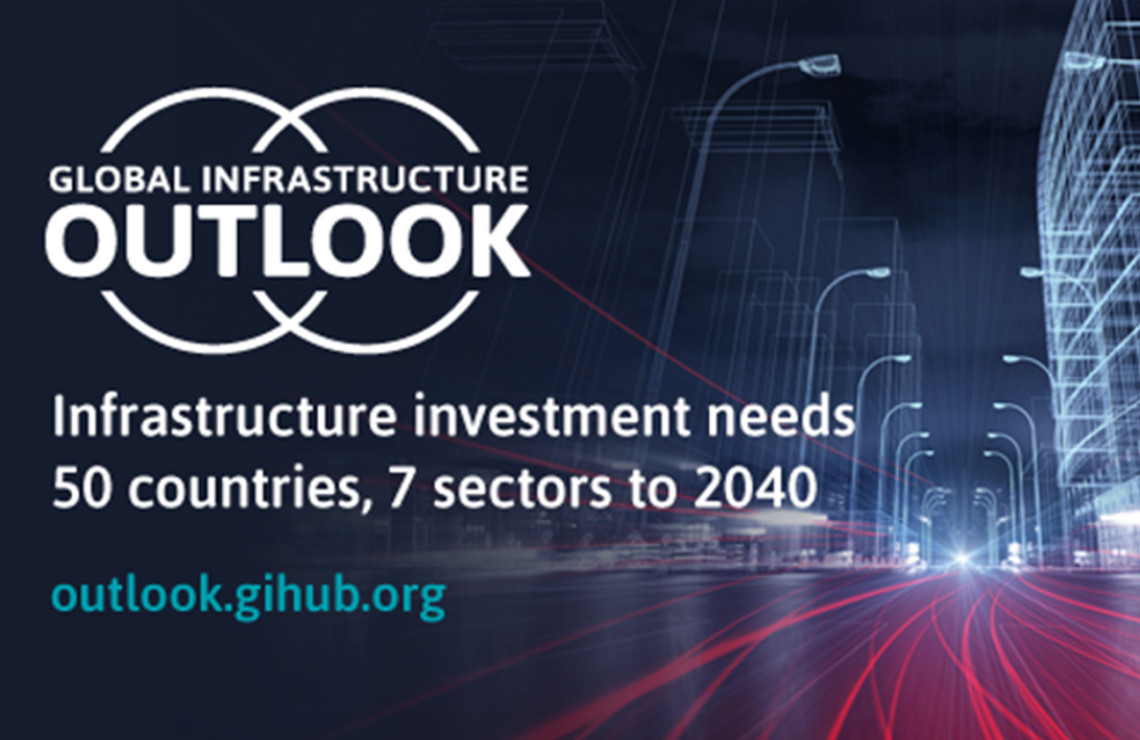961 results found
Featured results



More results

For this year’s edition, we reached out to more than 10,000 people in 10 major global cities to ask about their everyday experiences with infrastructure services. How satisfied and safe do they feel with their roads and bridges, rail services and utilities? How engaged are they in the decision-making processes for new projects that can improve lifestyles and drive new economic growth?


This report presents case studies on successful Asian water utilities.

This study is a comprehensive, empirical analysis of the linkages between governance, institutions, and regional infrastructure.

The purpose of this manual is to contribute to improvements in the quality of infrastructure regulation.

Technologies that enable the capture of greasy waste from commercial and industrial facilities to convert into biodiesel.

The green bond market has seen exponential growth since its inception in 2007. In 2020, green bonds represented 60% of bond issuances for private investment in sustainable, primary infrastructure globally, mostly concentrated in developed regions.


This study explains why and how the creation of institutionalized citizen engagement will enhance public accountability, performance, and customer responsiveness in the Indian urban water and sanitation sector.


The higher risk profile of greenfield infrastructure, and lack of investment-ready project pipelines, make it challenging to deploy private investment to greenfield infrastructure.


The GI Hub is today launching its new report, Global Infrastructure Outlook, an analysis with Oxford Economics of infrastructure investment needs across 50 countries and 7 sectors to 2040.
This Guidance Note supports promoters, practitioners and other interested stakeholders in interpreting and implementing Standard 3 on Biodiversity and Ecosystems, as part of the EIB Environmental and Social Standards.

This Guidance note provides a set of selected voluntary policy recommendations that seek to help governments in tackling challenges related to mobilising private financing for infrastructure and SMEs.

This guidance note aims to explain key sector features of urban water supply and identify entry points for mapping governance risks.

The primary objective of this Technical Note is to provide guidance to utility companies either for improving the operations-phase implementation of a current environmental management system or for developing a system.

This Guidance Note supports promoters, practitioners and other interested stakeholders in interpreting and implementing Standard 3 on Biodiversity and Ecosystems, as part of the EIB Environmental and Social Standards.


Public-Private Partnerships (PPPs) are now being used in many countries to develop infrastructure projects.


The purpose of the Guide to Procurement (the Guide) is to inform the Promoters of a project whose contracts are financed in whole or in part by the European Investment Bank.


The aim of this guidebook is to compile information on PPP frameworks in APEC member economies into a single information as a facilitatory tool for investment.


This paper assists project teams in managing climate change risk in the context of water supply and sanitation investment projects.

The purpose of the Guidelines is to establish the types of socioeconomic evaluations that will be applicable to the investment programs and projects considered by the dependencies and entities of the Federal Public Administration.

You’re invited to take part in a survey that will help us better understand the infrastructure community’s perceptions of a set of megatrends as they relate to the development of infrastructure to 2050.


 AECOM
AECOM




